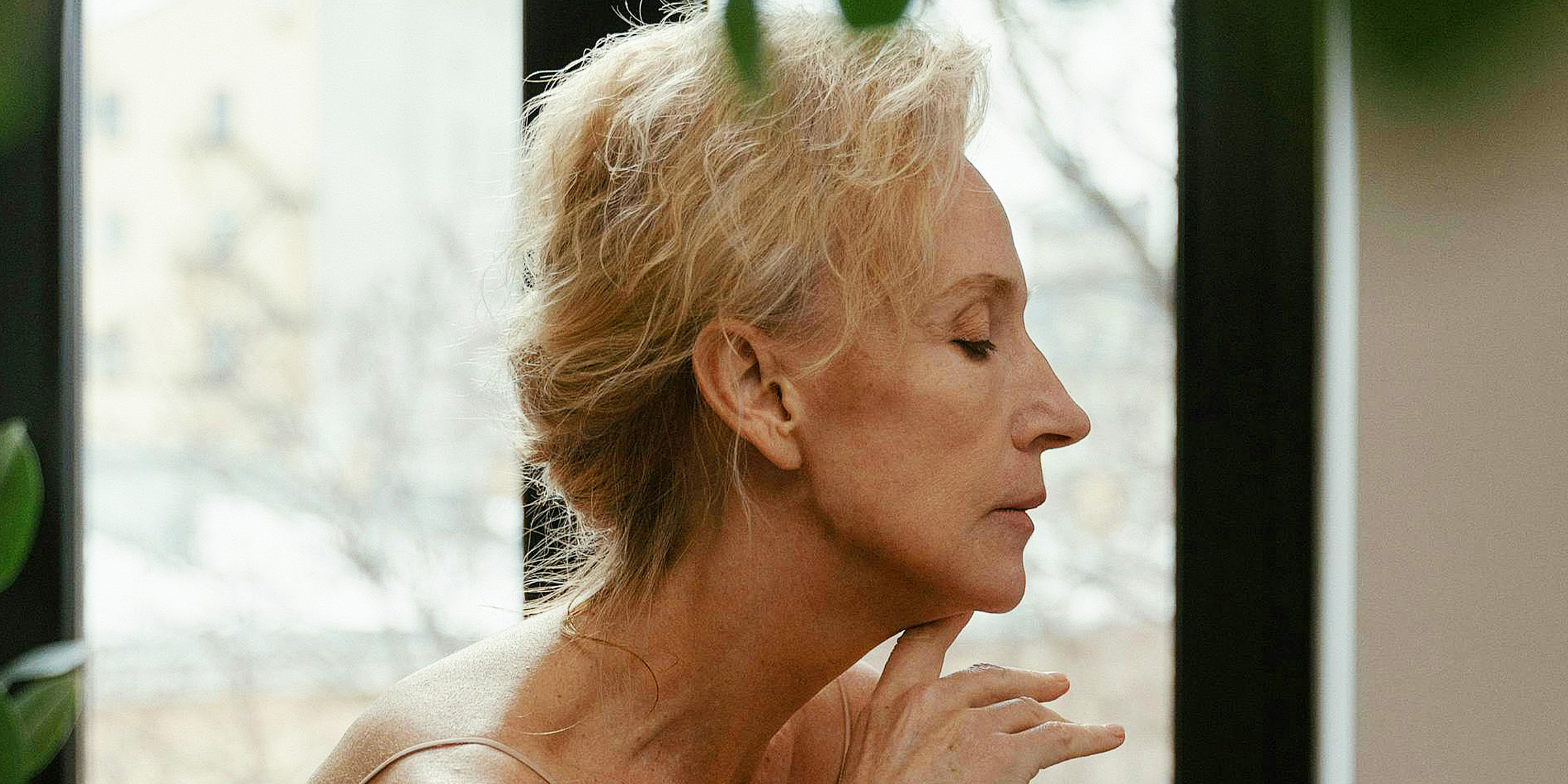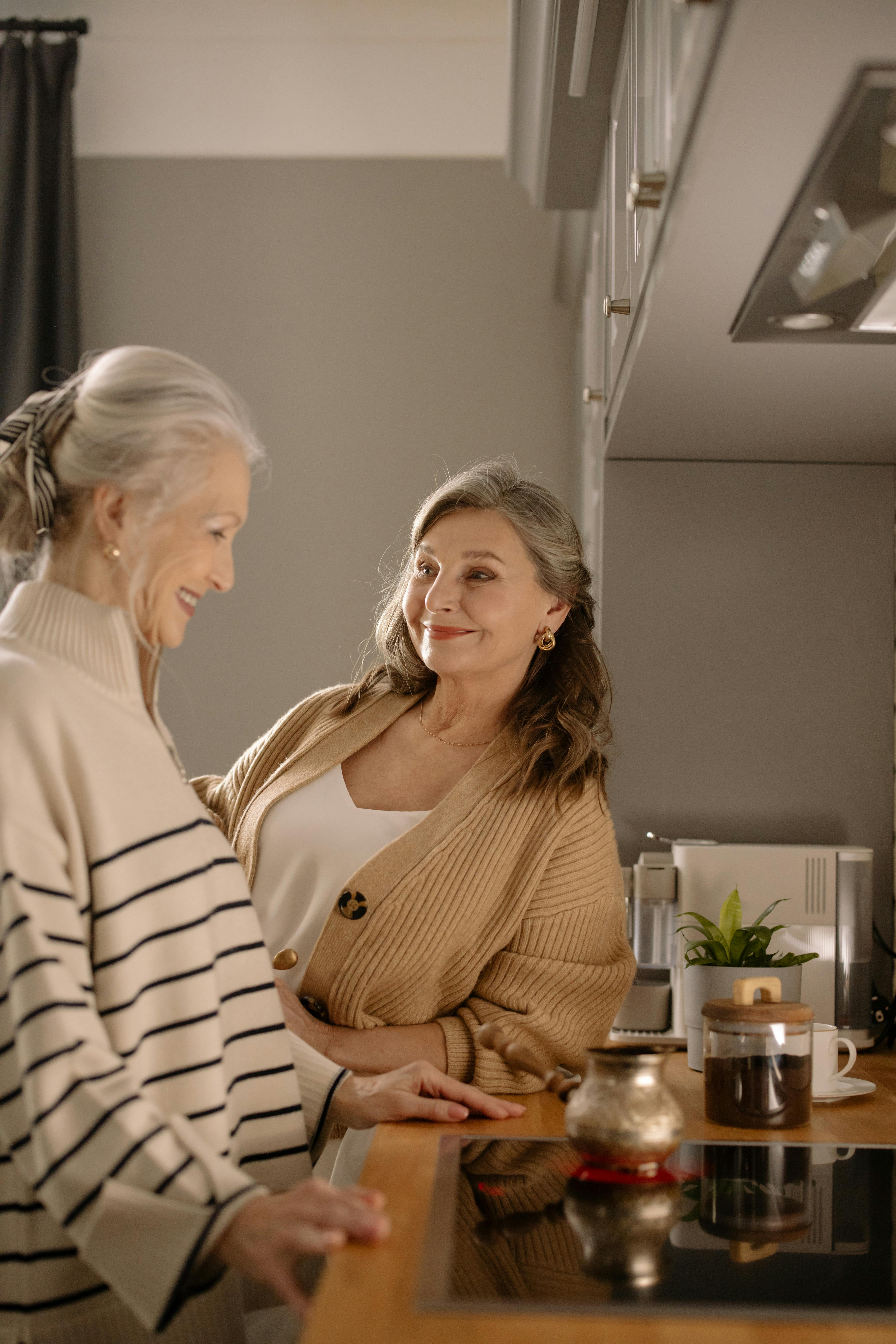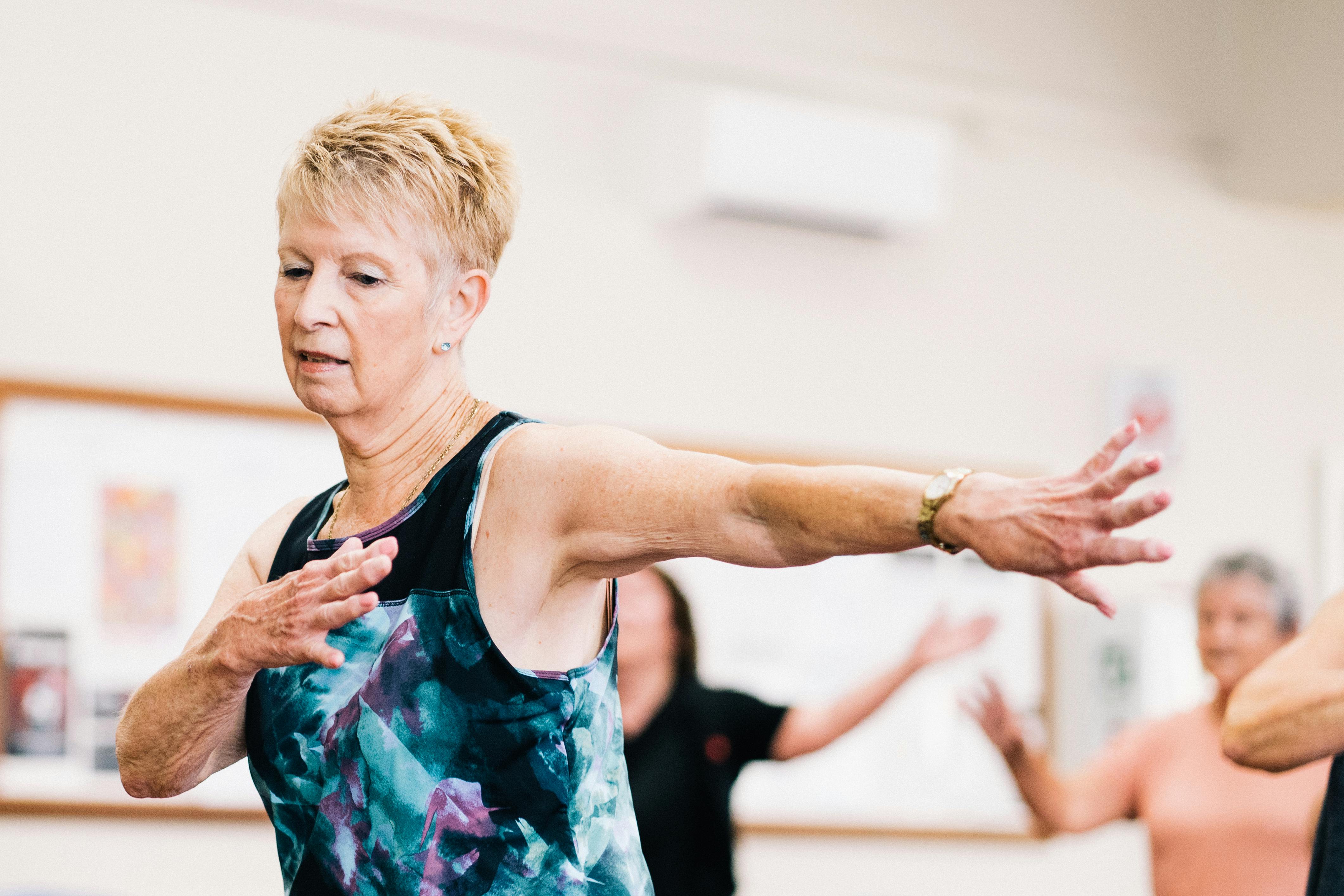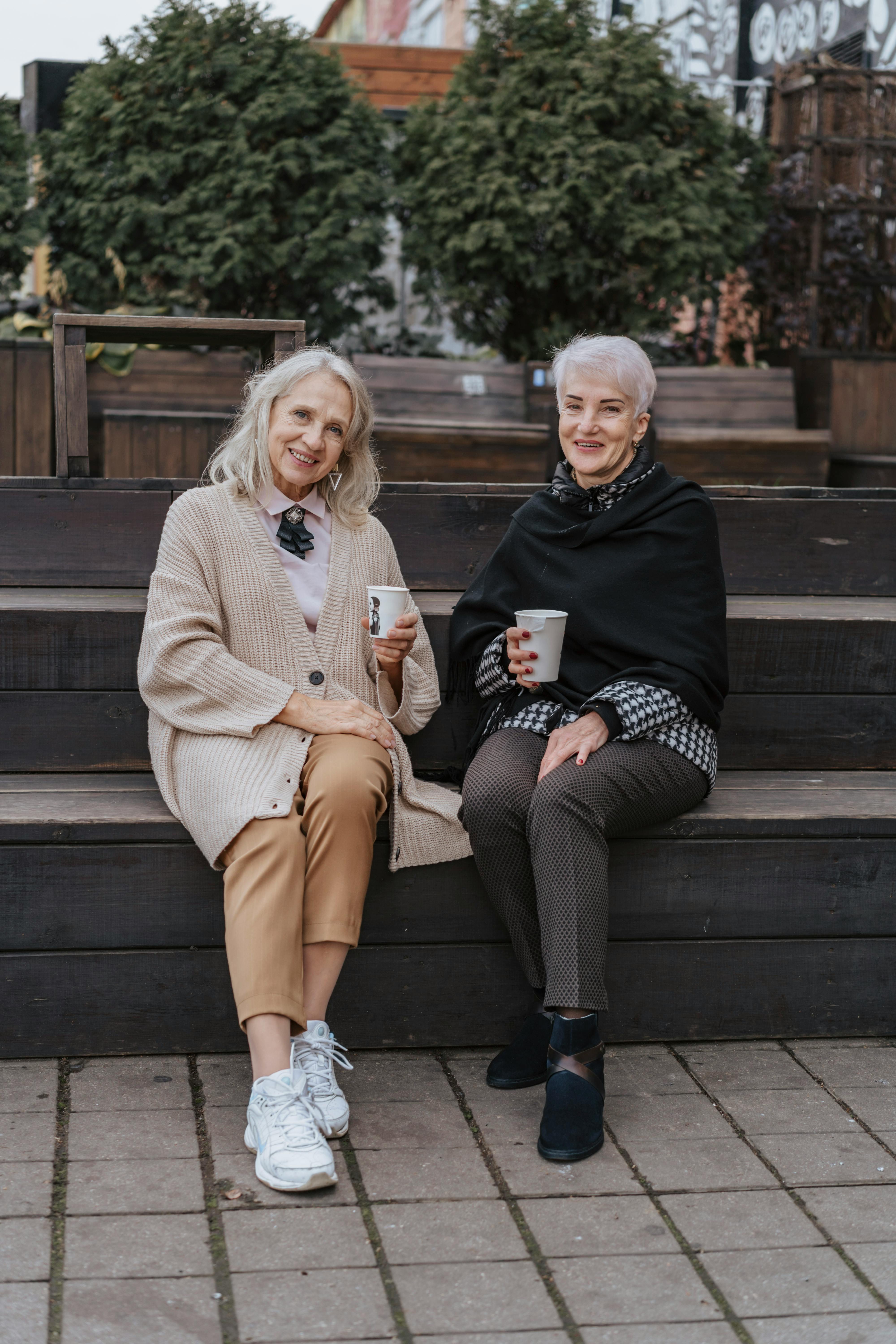
Brain Health After 60 — How to Stay Sharp, Curious, and Creative
Maintaining mental sharpness is not a matter of luck. It is a result of intentional lifestyle choices. These choices can build a powerful defense against age-related decline.
For decades, scientists believed the brain stopped growing after a certain age. But modern neuroscience tells a very different and far more hopeful story.

Woman drinking coffee while using her smartphone | Source: Pexels
The brain is not fixed. It's flexible, adaptive, and capable of change at any stage of life. This ability, known as neuroplasticity, means we can continue forming new neural connections well into our later years.
This understanding changes everything about how we view aging. Instead of simply trying to prevent decline, we can now focus on promoting growth — strengthening the brain through learning, movement, and connection.

Women in the kitchen | Source: Pexels
The Power of Mental Activity
The brain loves a challenge. Activities that stretch your mind — solving puzzles, learning something new, or even navigating unfamiliar situations — stimulate the growth of new connections between neurons.
Studies show that people who engage in mentally demanding hobbies and lifelong learning have a lower risk of dementia and cognitive decline. It's not about doing the same crossword every morning — it’s about pushing yourself to think differently.

Senior women playing puzzle | Source: Pexels
Try learning a new language, picking up an instrument, or taking a course that excites you. Even reading about a new subject or trying a different route on your daily walk can help keep your mind active. Curiosity, it turns out, is one of the brain’s best forms of exercise.
The Physical Connection
A healthy brain starts with a healthy body. Physical exercise doesn’t just strengthen muscles — it nourishes the mind. Movement increases blood flow, delivering oxygen and nutrients that help grow new neurons and strengthen existing pathways.

Woman knitting | Source: Pexels
Research shows that even after sixty, the brain can still adapt to new motor challenges — whether it's learning a dance routine, practicing yoga, or playing tennis for the first time. Aim for activities that combine coordination and focus, like tai chi or hiking. They engage both your body and your brain, creating the perfect environment for neuroplasticity to thrive.
Social and Creative Engagement
Human connection is one of the most powerful forms of brain stimulation. Conversation, empathy, and emotional awareness all require complex cognitive processing — making social interaction a built-in brain workout.

Elderly women in a dance class | Source: Pexels
Regular social engagement — whether through volunteering, joining a club, or simply keeping up with friends — helps preserve memory and cognitive health. Creativity offers another path to lifelong growth. Activities like painting, journaling, or crafting stimulate multiple brain regions at once.
These hobbies encourage problem-solving and self-expression while building new neural connections. The key is to stay engaged — socially, creatively, and intellectually. Every new experience is an opportunity for your brain to grow stronger.

Senior women enjoying coffee | Source: Pexels
A Brain That Keeps Evolving
Neuroplasticity reminds us that aging doesn't mean decline; it means transformation. The brain is constantly adapting, reshaping, and responding to the life we lead.
By challenging your mind, moving your body, and staying socially and creatively engaged, you can keep your brain resilient for decades to come. The path to a sharper, happier mind isn’t about age — it's about activity, curiosity, and connection. Your brain is ready to keep growing. The question is: are you?
The information in this article is not intended or implied to be a substitute for professional medical advice, diagnosis or treatment. All content, including text, and images contained on AmoMama.com, or available through AmoMama.com is for general information purposes only. AmoMama.com does not take responsibility for any action taken as a result of reading this article. Before undertaking any course of treatment please consult with your healthcare provider.
